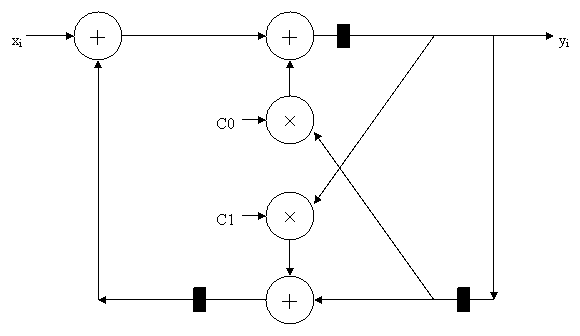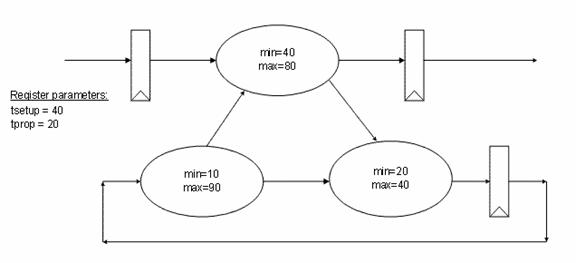Below is a simple FPGA architecture that uses 3-input LUTs.
Implement a 4-bit comparator, which compares two 4-bit unsigned numbers and produces a greater-than output, using this array.
Solve this problem using the following steps, showing all your work.
(Hint: you don’t need close to all the LUTs.)
a) Factor the comparator function into a multi-level logic circuit, each node of which is a 3 (max) input function.
Name each of these functions using a letter that represents the output and give the function each computes.
b) Place each of the functions from part a in the FPGA array by writing the name in the appropriate 3-LUT.
c) Route the circuit together using the interconnection network.
Use an X to show the connection of each input and output of the 3-LUTs used.
Each of the switch boxes at the intersection of the row and column channels can connect each wire on one side to a wire on each of the other sides.
These connections can be made in either direction.
For each connection that you use in a switch box, draw an arrow to show the connection.
Circuit inputs arrive at the left and outputs leave at the right.(Here is the diagram you can print:
fpga-worksheet.pdf)




